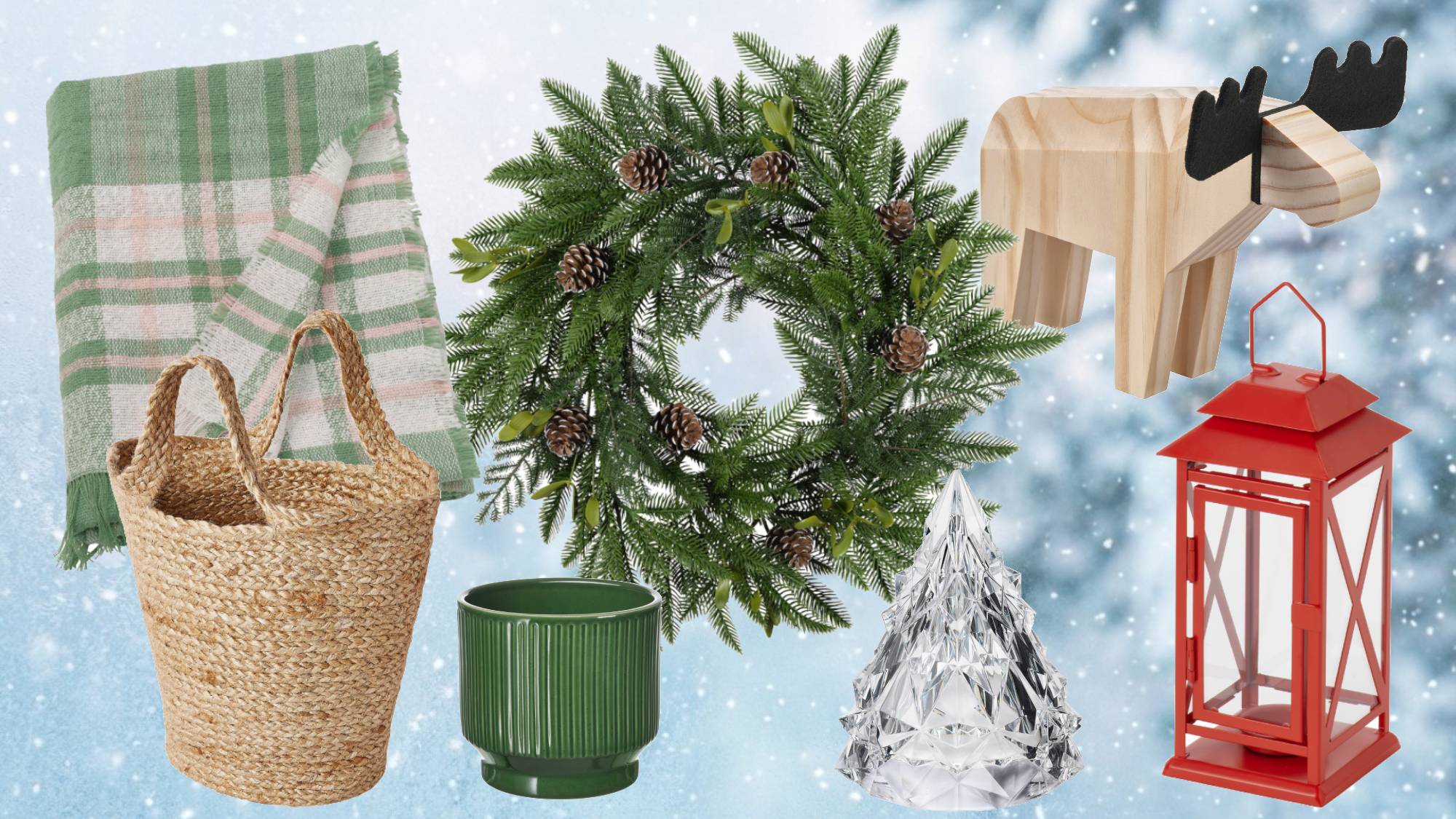5 signs that you have a pest problem in your vegetable garden — and what they could be
Look out for these warning signs of veggie-munching pests
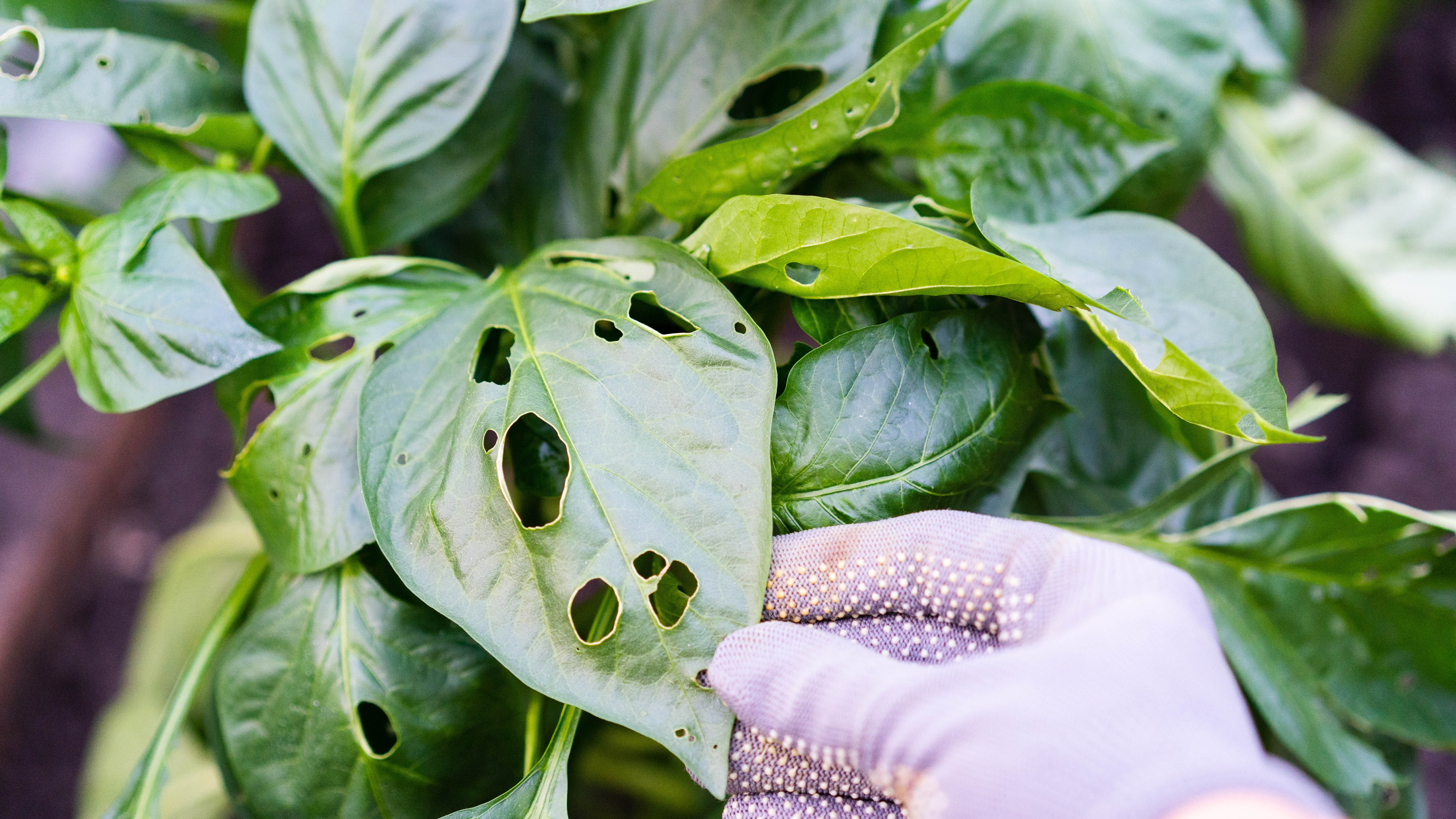
It’s always a rewarding feeling when you’re growing vegetables — successfully. Be it juicy tomato plants and zucchini to aromatic herbs, nothing beats the fresh taste. But if you're wondering why your crops are looking wilted or damaged, you might be dealing with a pest problem. What’s more, it even more frustrating if you can’t see or identify the culprit that is ruining your healthy yield.
Fortunately, there are tell-tale signs that you have a pest problem in your vegetable garden. The sooner you detect pesky bugs in your garden , this can help prevent further damage, and ensure your veggies have the right, growing conditions and sufficient nutrients for the best results.
What’s more, once you master your homegrown produce, this will save you tons of money on your grocery bills. So, if you want to stop pests from wreaking havoc on your vegetables, look out for these signs of a pest problem — and what they could be.
1. Holes in leaves
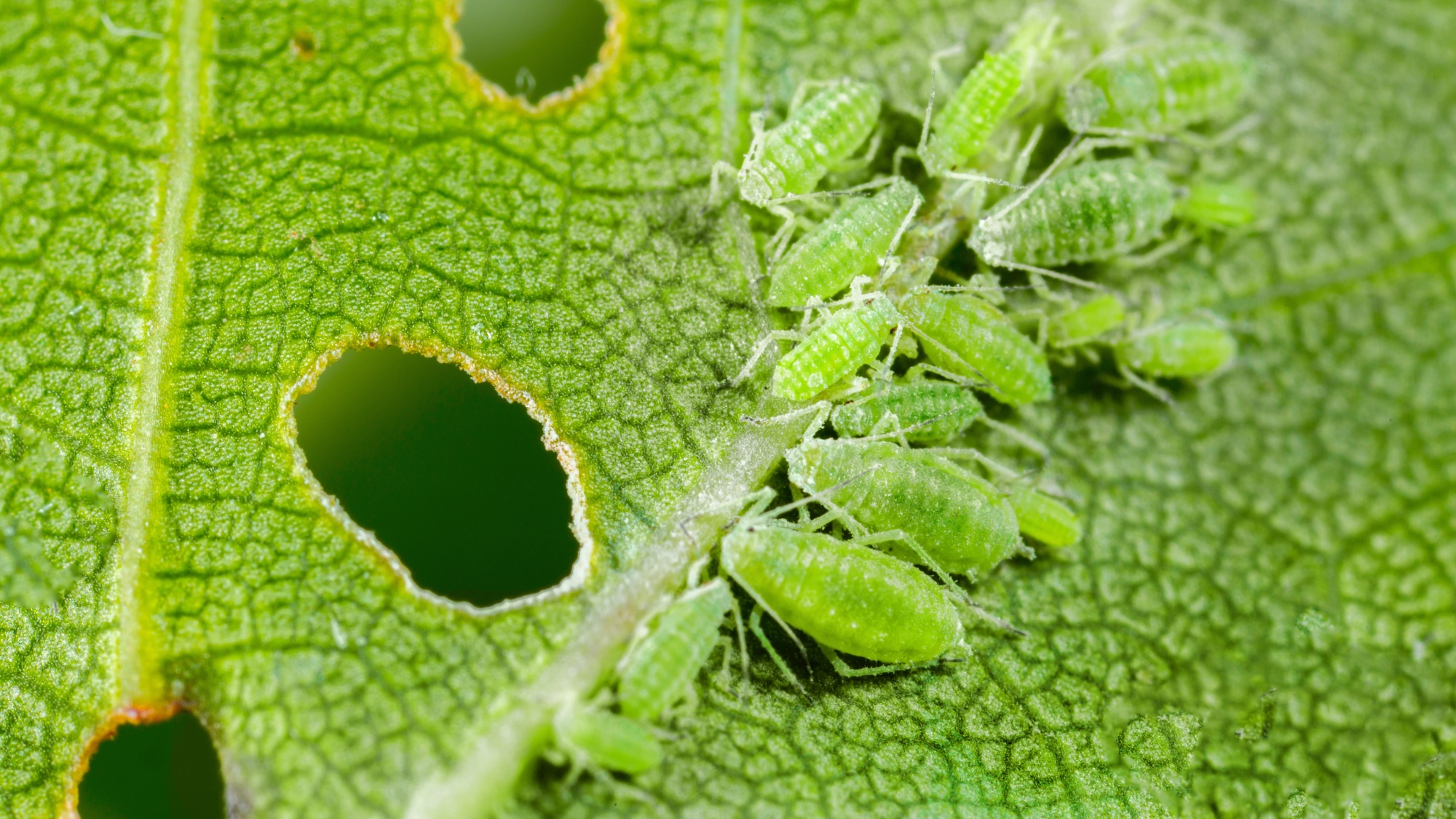
If you find holes in your leaves, it's very likely that this has been caused by garden-munching pests. Pay close attention to the shape, as experts say that irregular holes are a sure sign of whitefly or aphids.
Typically, aphids are tiny, soft-bodied insects that suck the sap from the leaves of plants, causing significant damage to veggie crops. These also tend to cluster on the undersides of leaves, and vary in color — from green and yellow to black. Luckily, there are natural, toxic-free aphid deterrents to prevent infestation in your yard.
In addition, slugs and snails will leave large holes in leaves, and also slimy trails (which we’ll get to later.) If you’re finding it hard to determine the culprit of your holey leaves, try visiting your yard at night with a flashlight as snails and slugs tend to carry out their damage under the cover of darkness. Grasshoppers and caterpillars are also destructive pests that may be causing the holes in your leaves.
2. Slime trails
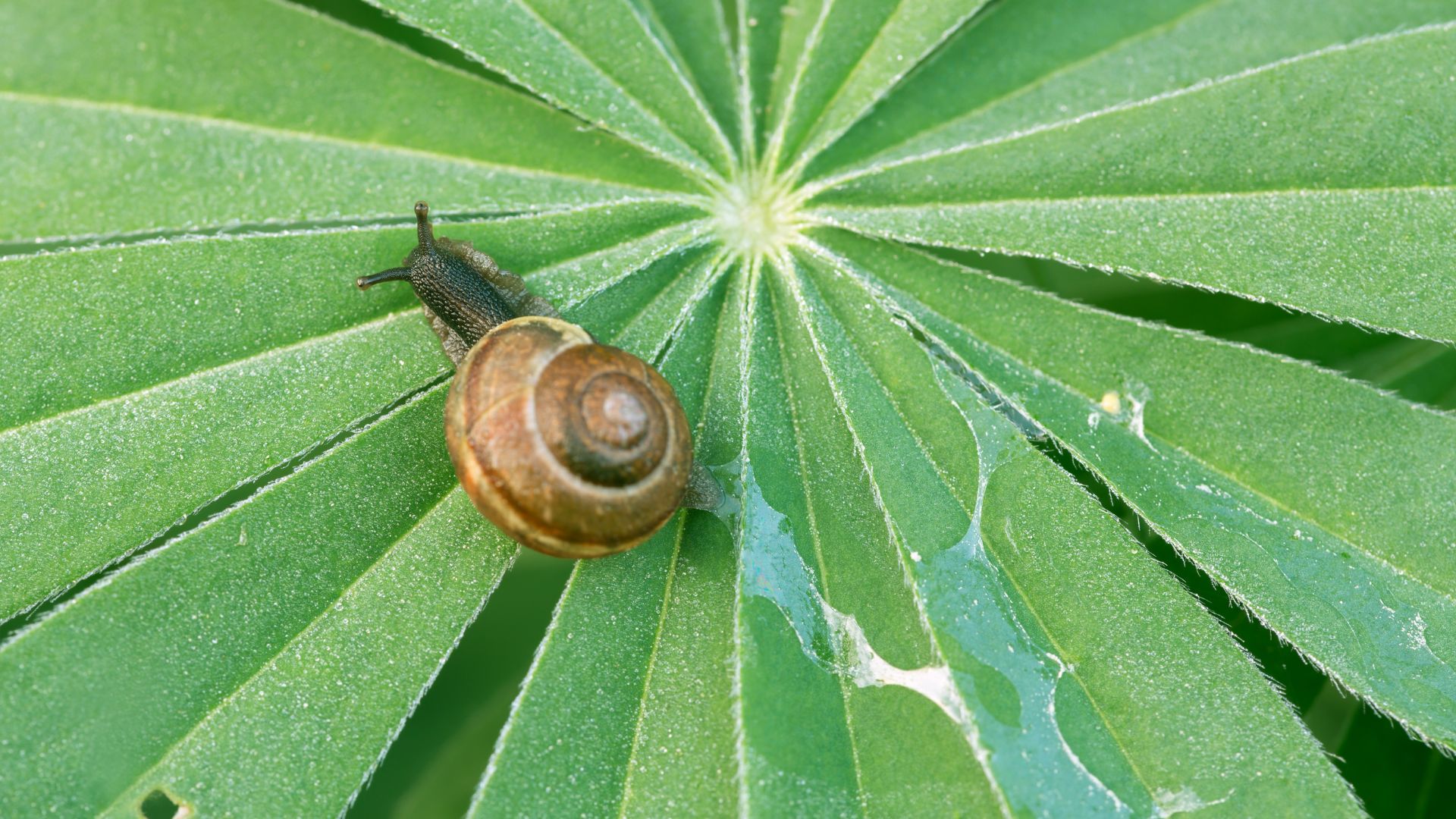
Another indicator of pests in your vegetable garden are slimy trails. Depending on your region, there are two types of trails to look out for. The first belongs to the common snail or slug which can cause havoc by munching on veggie plants. These tend to secrete a slimy trail wherever they go, which often appears like shiny mucous trails. You can easily learn ways to deter slugs and snails from your yard with these natural methods. What’s more, you could even try out one of these slug-resistant plants to stop them in their tracks.
Get instant access to breaking news, the hottest reviews, great deals and helpful tips.
The second type is vole trails. These mouse-looking rodents can also destroy your yard, by tunneling through your lawn instead. As a result, you might see mounds of dirt around your yard, and dead grass showing up in random places. Similarly, voles eat away at veggie crops plants, shrubs, and even grass.
Moles are not the easiest pest to get rid of, however, you can learn how to get rid of moles without hurting them. These should stop unwanted visitors from coming back and getting to your vegetables!
3. Loss of leaves
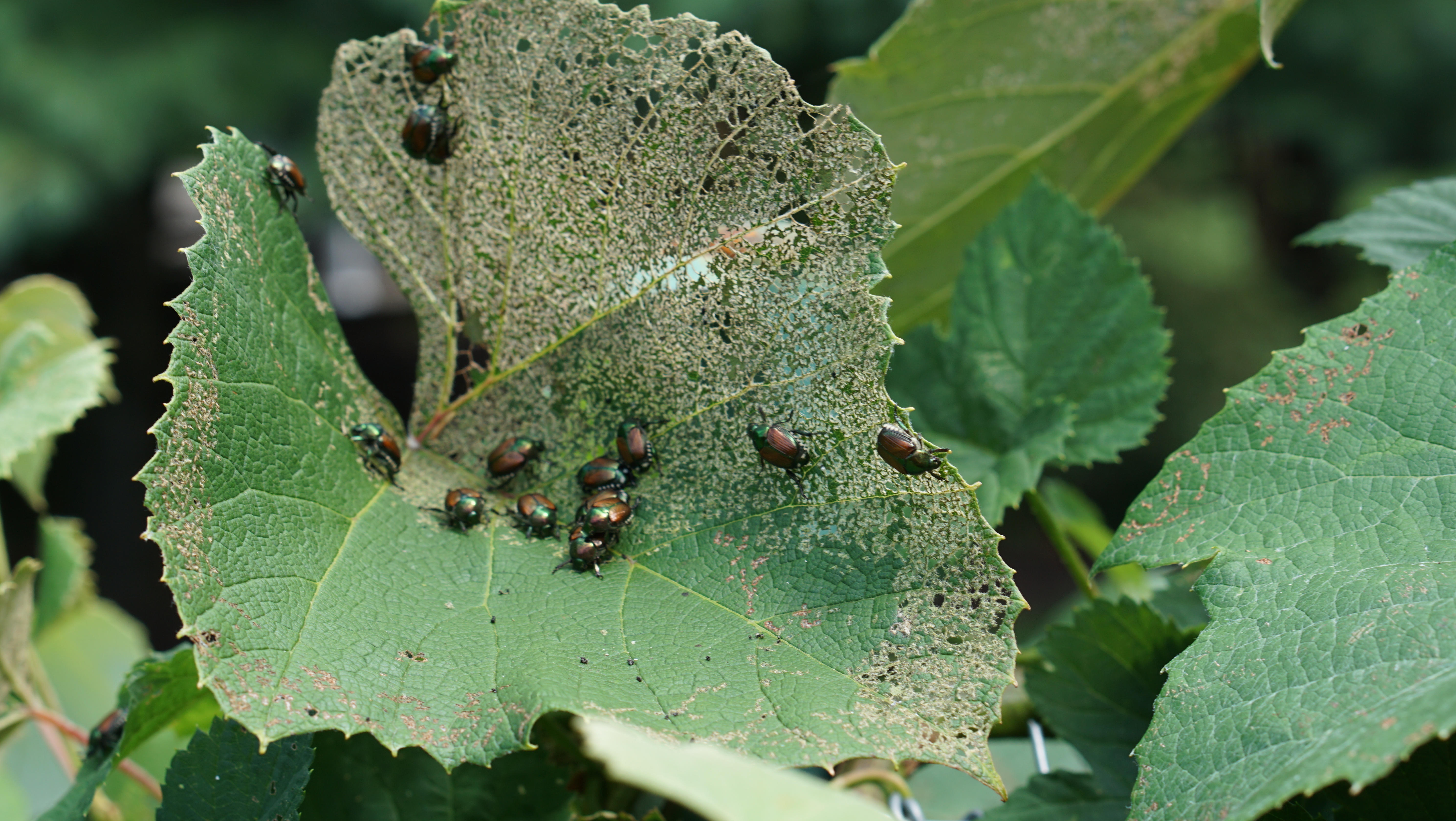
If you find that you’re losing entire leaves on your veggie plants, or they’re beginning to look ‘skeletal’, this could be a clear indicator of cutworm damage. This is especially the case if it’s at the base or near the soil surface.
Cutworms are the larvae of certain moth species, that hide under soil during the day, and only come out at dark to feast on plant stems. As a result, this can cause plants to wilt or topple over, especially in young seedlings or transplants.
In addition, Japanese beetles and the Colorado potato beetle are also known for eating around the veins of your leaves, giving them a skeletal look. These green/yellow and coppery-winged pests will feed on vegetable plants and fruits at their adult stage. While as grubs (larval stage), they’ll simply destroy your soil and roots.
4. Yellow spots on leaves
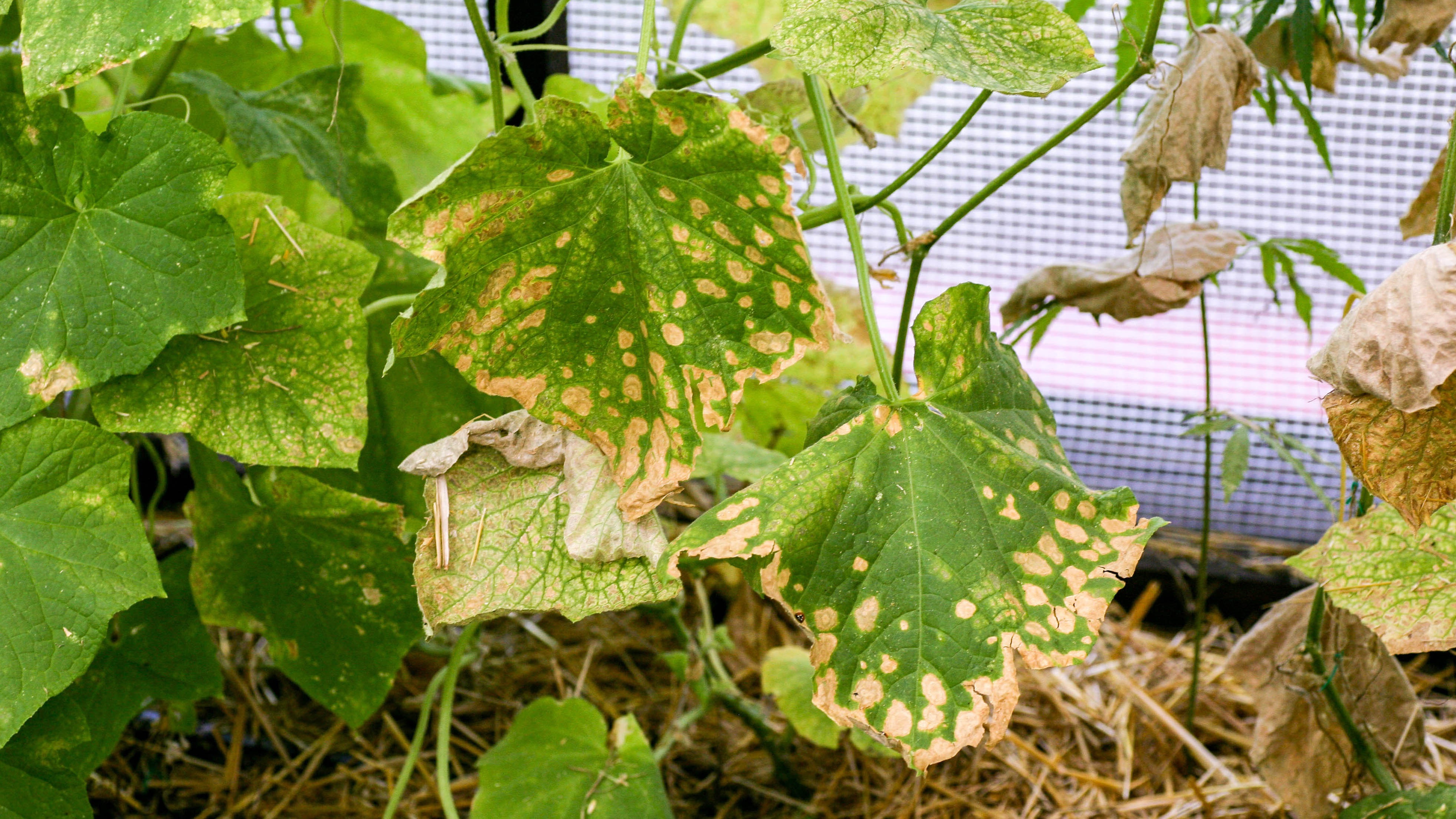
Yellowing leaves can be caused by several factors, including a potassium/nutrient deficiency or dehydration. However, if you notice a lot of yellow or brown spots on your leaves you may have a spider mite problem to deal with.
Spider mites feed on the underside of the leaves, sucking out the chlorophyll-containing fluids from the leaf cells. This causes the obvious discolored spots, and consequent damage to veggie plants.
Spider mites are attracted to over 200 species of plants and thrive in the hot summer months. Since they’re microscopic, these pests are also hard to spot, however, keep an eye out for mottled leaves as well.
5. Black holes in veggie plants
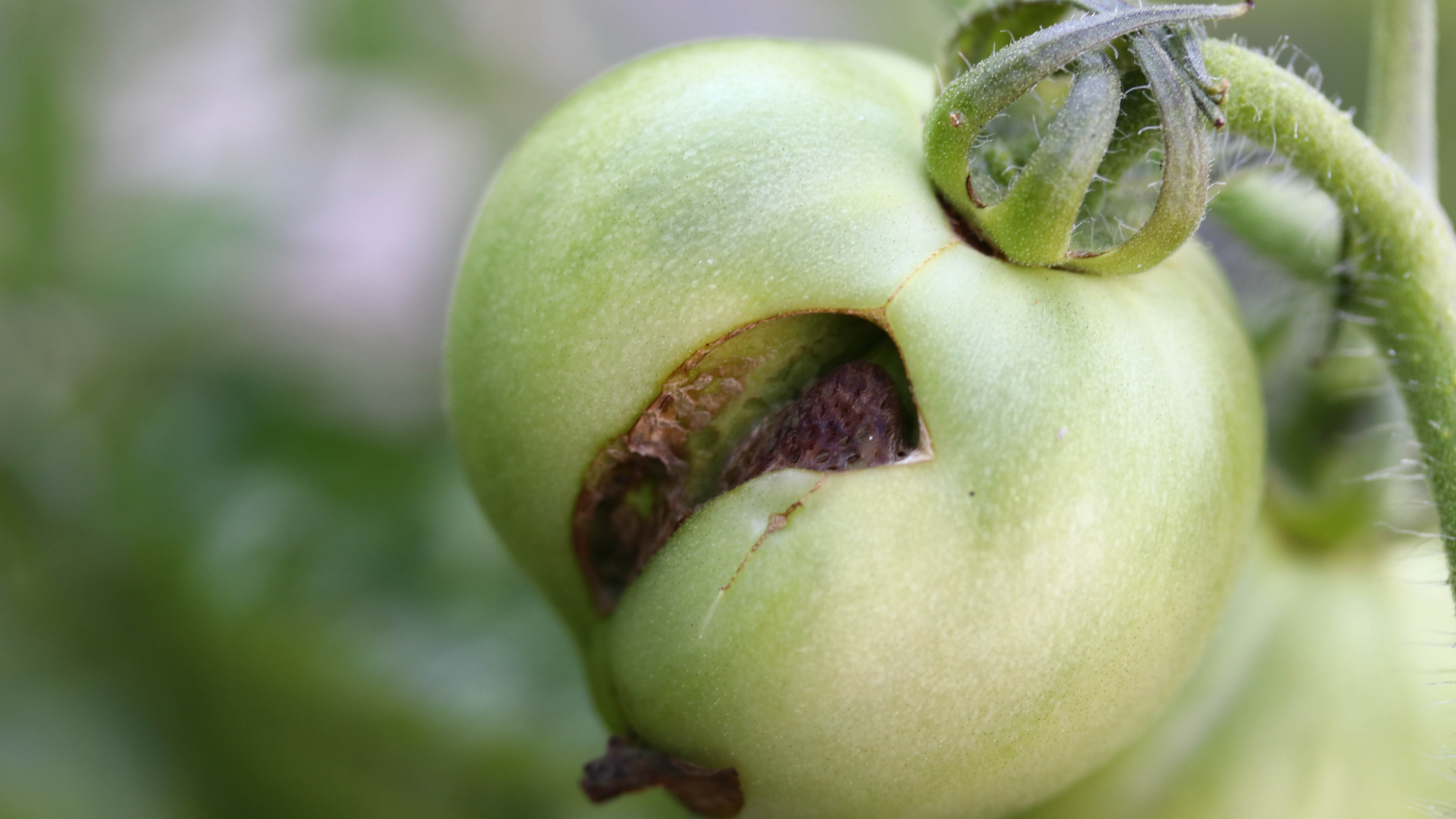
If you find black holes in your tomato plants, peppers, eggplant or even corn, this could be a sign of the tomato fruitworm.
Also known as the corn earworm, these moth-like pests can feed on pretty much anything. Typically, the adult moth lays eggs on the undersides of leaves, near fruit. Once the larvae hatch, it crawls down the stem, entering the fruit to eat it from the inside out. When you spot infested crops, always remove them completely to prevent them from further infecting other crops or the soil beneath.
A natural trick of deterring fruitworms is by diluting two cups of water to one teaspoon of cayenne pepper and dish soap. Spraying plants liberally with this solution will help to stop the caterpillars from feeding.
More from Tom's Guide
- Beware of these 7 mistakes to avoid when growing vegetables
- Plus, you can try these 7 best vegetables to grow indoors
- 9 things to consider before using pesticide in your yard

As the Homes Content Editor, Cynthia Lawrence covers all things homes, interior decorating, and garden-related. She has a wealth of editorial experience testing the latest, ‘must-have’ home appliances, writing buying guides and the handy ‘how to’ features.
Her work has been published in various titles including, T3, Top Ten Reviews, Ideal Home, Real Homes, Livingetc. and House Beautiful, amongst many.
With a rather unhealthy obsession for all things homes and interiors, she also has an interior design blog for style inspiration and savvy storage solutions (get rid of that clutter!). When she’s not testing cool products, she’ll be searching online for more decor ideas to spruce up her family home or looking for a great bargain!
